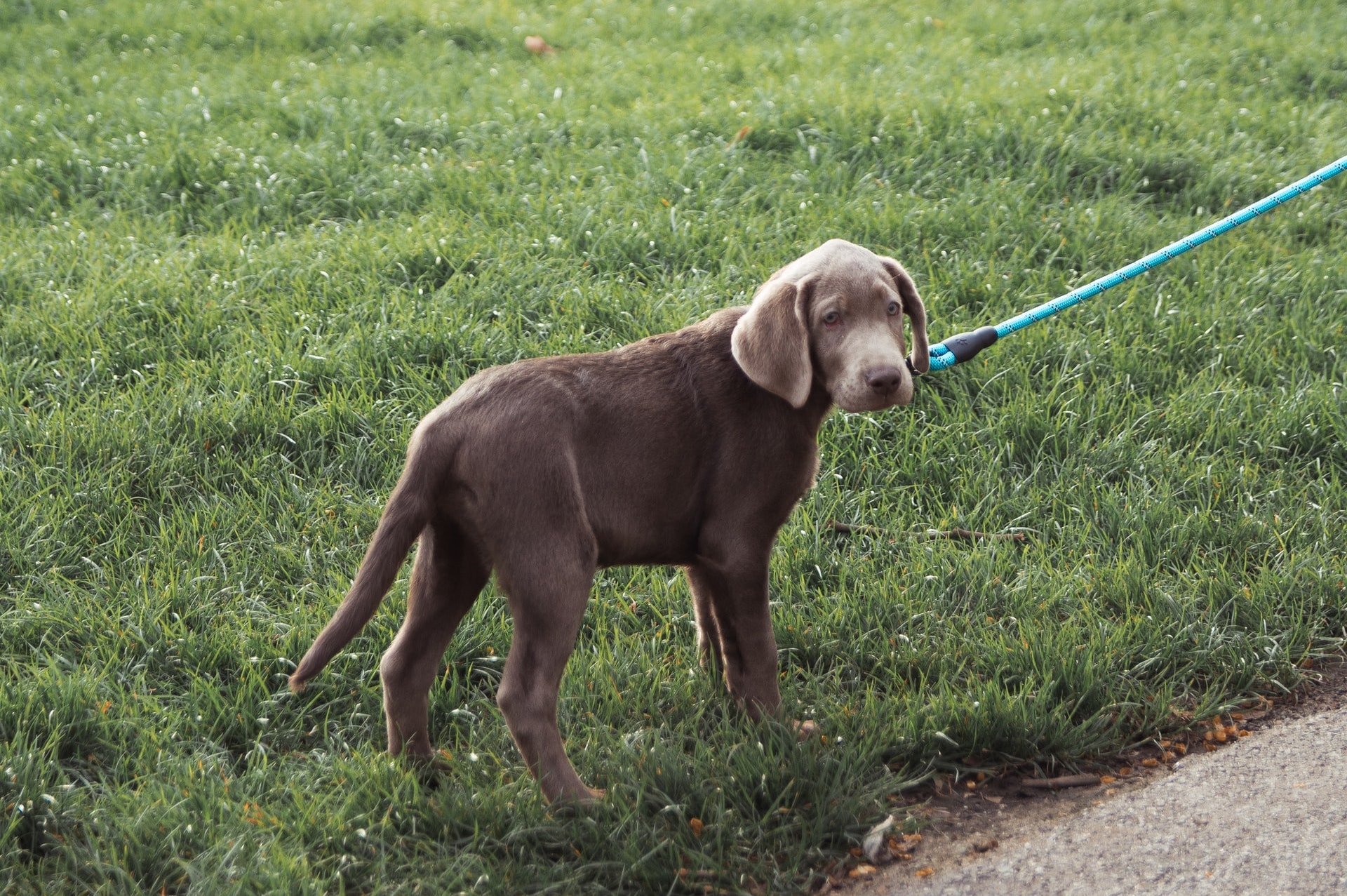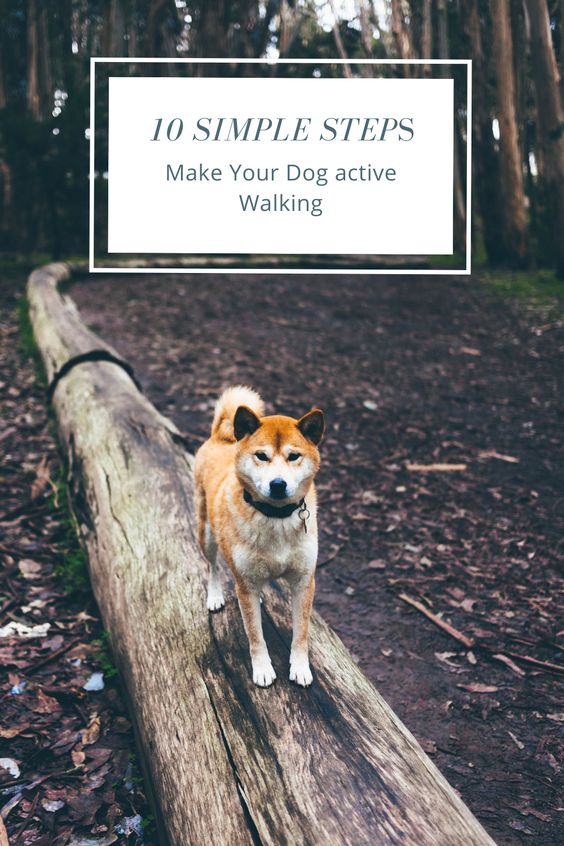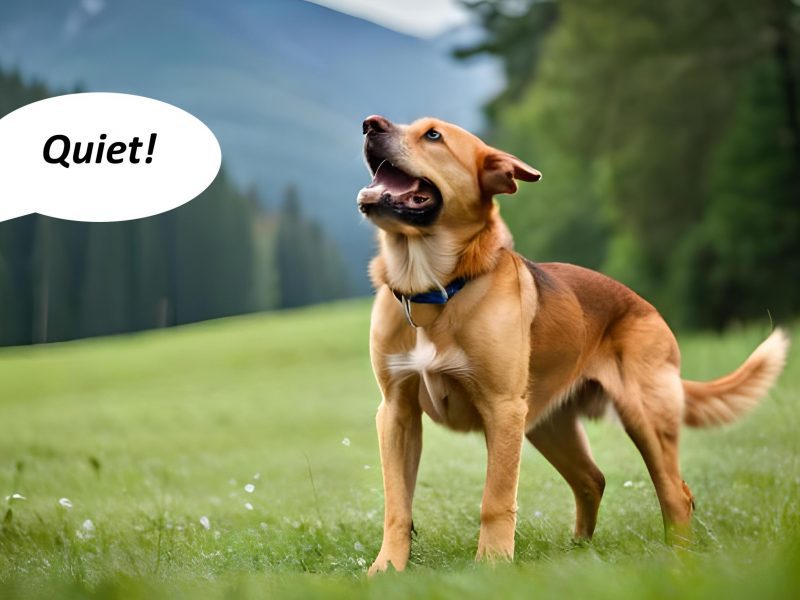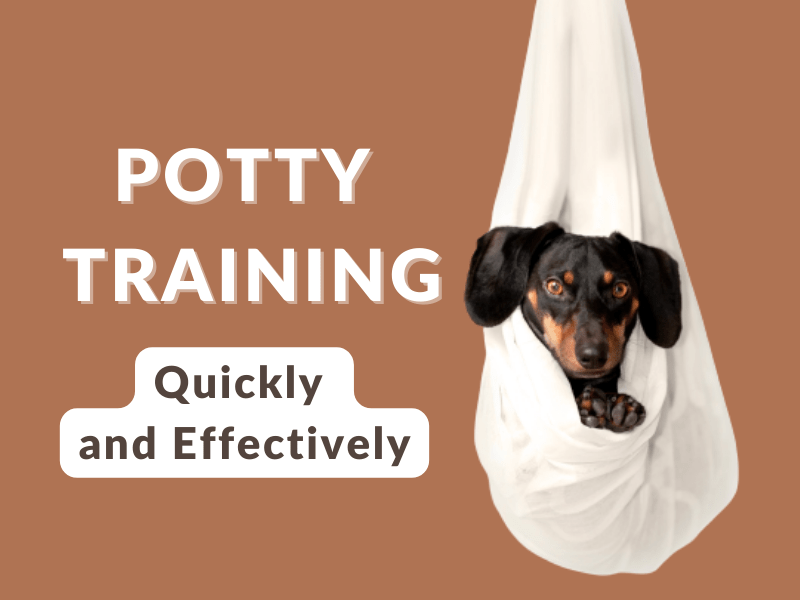Walking with a reactive dog won’t always a fun or relaxing experience, but there are methods to make your dog active Walking and more manageable. Unfortunately, as reactive dog owners, we have put so much effort into avoiding situations that can upset our dogs. If If you’re like me, the simple task of walking your dog can be a challenge. Reactive dogs can be difficult to control.
When someone looks at him and asks, “Why can’t he control his dog?” It’s a pretty depressing feeling, believe me, we’re working on it. I understand how stressful something “simple” like taking a walk can be. I admit it’s not perfect, but it made a huge difference. You need to be able to get over the fact that you are having obscene looks. It’s boring and the bubble we create for our dogs can make us anxious. But believe me when I say you are not alone; Many homeowners face the same problem. We have made significant progress in these activities over the past few years.
People who have never had a reactive dog may prematurely have no clue of the effort required. Unfortunately, there isn’t a perfect formula or nighttime trick to taking a stroll for you and your responsive dog. Ignore the naughty looks and remember that you are doing this for the good of your dogs – not with the approval of your neighbors, having a responsive dog is an obligation. Commitment The best advice I can give when it comes to walking a reactive dog is to respect it. They all helped Betty to various degrees.
If you cannot control your dog while walking, see a professional trainer or behaviorist learn how to handle your dog in a controlled environment. Start slowly and find out which techniques are best for active walking your dog.
1. Turn Scary Things Into a Positive Experience For Your Dog
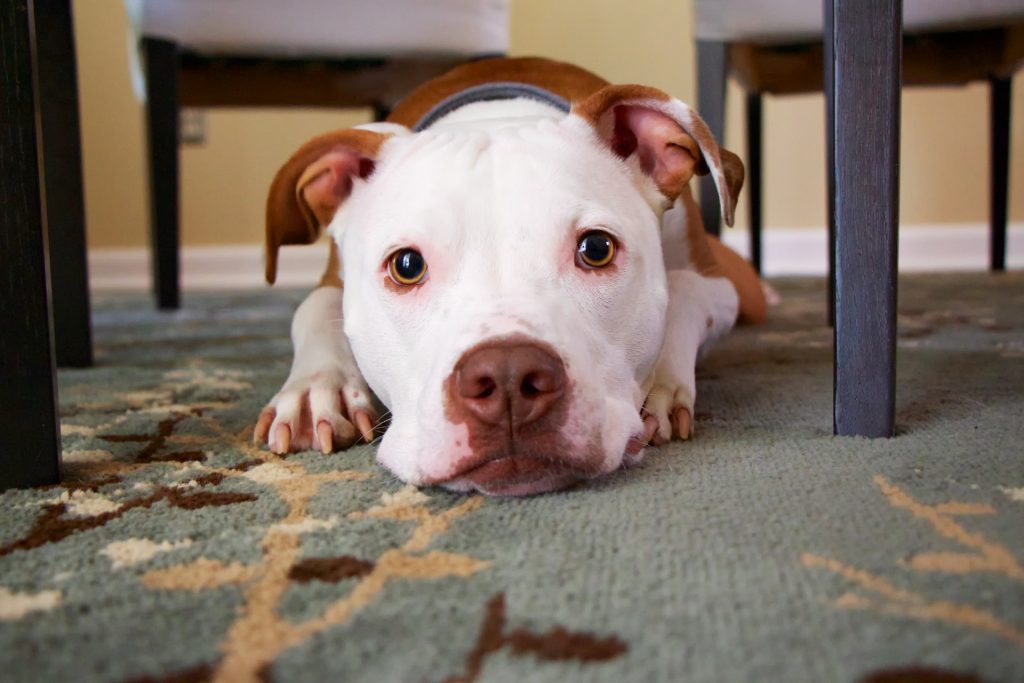
If you react, give them a try and let them know nothing bad is going to happen. This can be easily achieved with your favorite pleasure and the practical dog clicker. For Betty, I make sure I have carrots or jackdaws on hand. I know I got too close when she got it. Spit immediately and focus on an approaching person, dog, bicycle, etc. When that happens, we turn around and go back to find his or her comfort threshold. Signs of Stress Don’t be afraid to brag; Often, if your dog is calm at the sight of another dog, treat him like crazy and give him praise. I recommend checking out this great video from Kikopup that demonstrates the calming behaviors you can practice while walking with a responsive dog.
2. Repeat Step 1 Until Your Dog Understands
Your dog needs to believe that other dogs (or whatever they’re reacting to) are out there, big things happen, but remember training a reactive dog is by no means a quick and easy process. It seems easy enough to teach your dog that new things aren’t a big deal. However, if you can do them with your dog enough times, it will take some time to see concrete results (but don’t overdo it). You will eventually get started. notice the difference in his emotional responses. They will never go away, but you can learn a lot about their specific limits by constantly practicing this technique.
3. Practice Some Choice Training With Your Dog
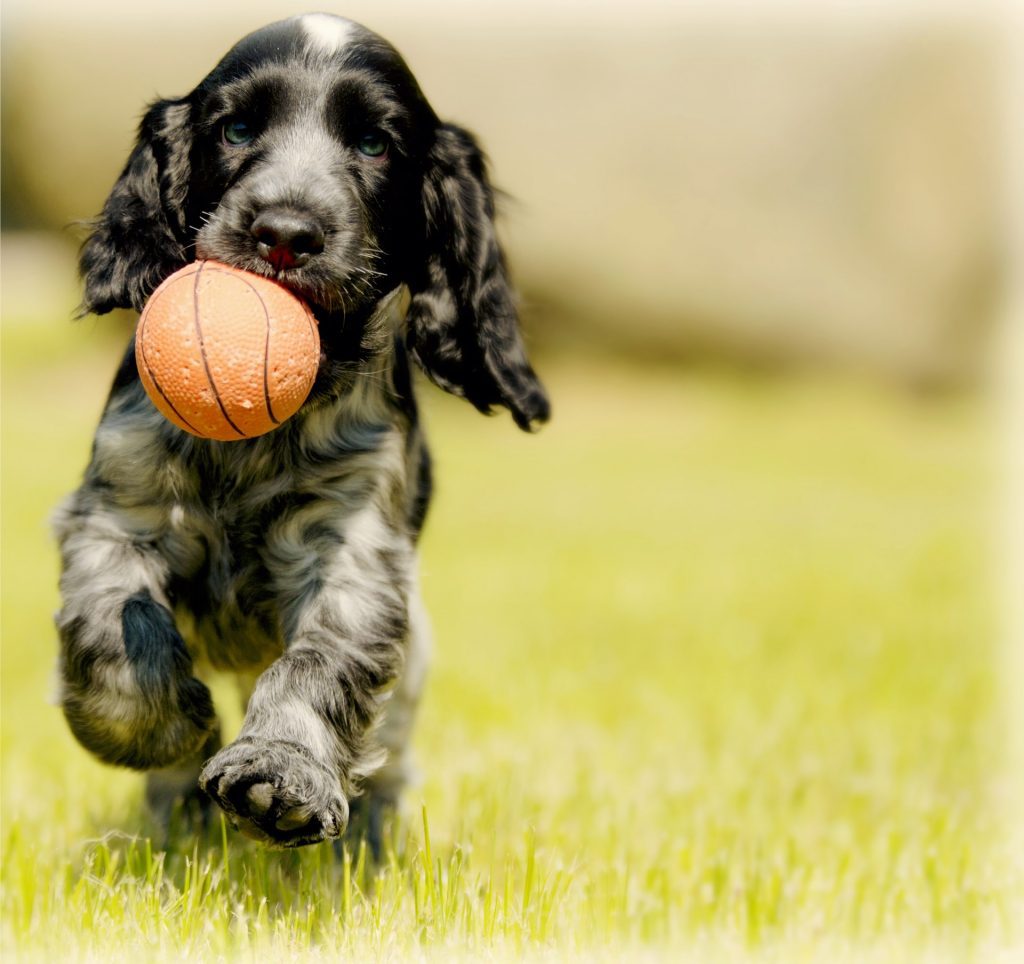
Based on the use of choice, which means praise your dog whenever he chooses to be calm and polite in a stressful situation. It’s about choosing the behaviors you like and praising them for the choices they made and motivating them to make decisions in the future.
4. Realizing Mistakes Can Occur
If your dog is too excited, you’ve gone too far, too fast. Next time, go back a few feet and start over. It takes a dog a long time to decrease its sensitivity to stressors. So don’t do it. Don’t get discouraged if it doesn’t work the first time. Failure will always be part of training, but it also helps us learn to improvise. I failed yesterday when I decided that Betty and I had to find the horses. My reactive dog doesn’t like horses.
5. Keep The Dog’s Attention To Keep Your walks Unpredictable
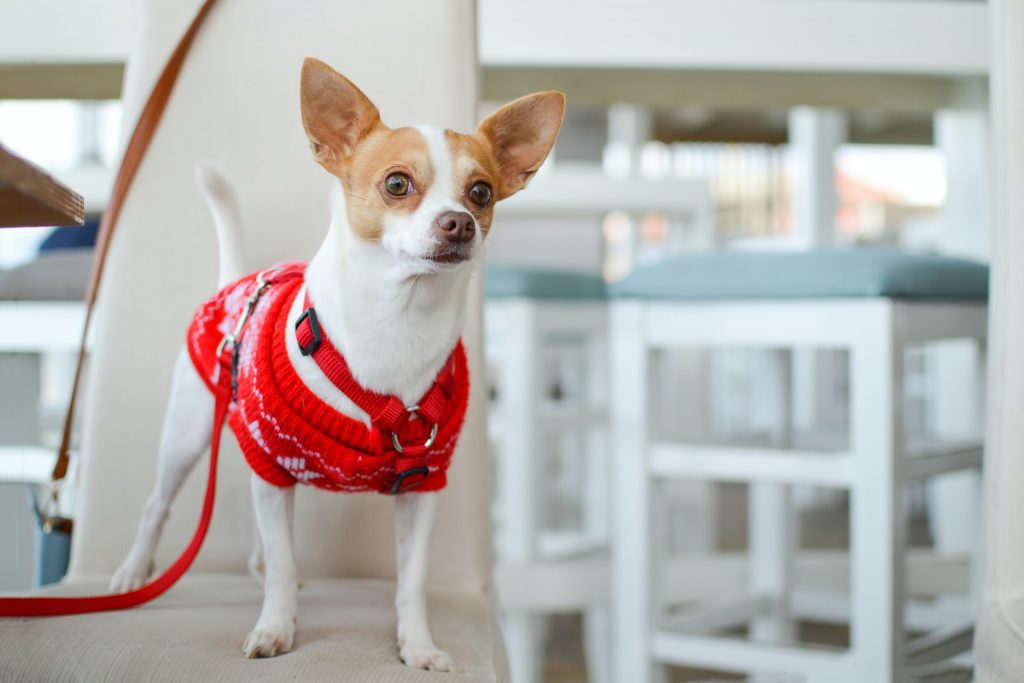
Include something variable and joy into your walk. Change the pace, change the direction. Praise your dog by following your instructions. I take a tractor with me to the race. It’s a nice and quick way to get Betty’s attention and focus on me. This will help keep them interested in what you are doing, not what you are doing. If your dog isn’t paying much attention to you while walking, this is a great exercise for increasing his interest and focus, and the sessions will make future training programs easier for you as well. If your focus is on dog active walking, be sure to read how to improve your dog’s focus and impulse control.
6.Teach Your Dog To Target You.
I hold out my right hand to him. When I see something in front of me that I want to avoid, I take a step back and say, “Touch.” Betty may not know why I suddenly step back, but she becomes happy and comes back to me. And of course, she is well rewarded. I can then decide how best to deal with the oncoming dog as long as I have it full.
7. Avoid What Cannot Be Won
As a reactive dog owner, you will find that there are some situations that are not worthwhile, especially if you are not sure whether you can handle your situation Dog. Avoidance is simply a way of being in control of a situation that you are not sure about. Always think about safety when walking with a reactive dog. When you don’t feel like you are not dealing with the situation To avoid this, be aware of a possible trigger for your reactive dog. You can also take the opposite path. Used parked cars or bushes may be used to create a barrier between the dog and the trigger. You can still simply sit back and tell your dog to stay until the other dog has finished. Not all battles are worth fighting.
8. Ask Someone For Help
Having someone around can do wonders for your safety when a reactive dog is around. The other person can help your dog become active in walking on their own, especially if they are bringing delicious treats with them.
9. Consult A Dog Behaviorist
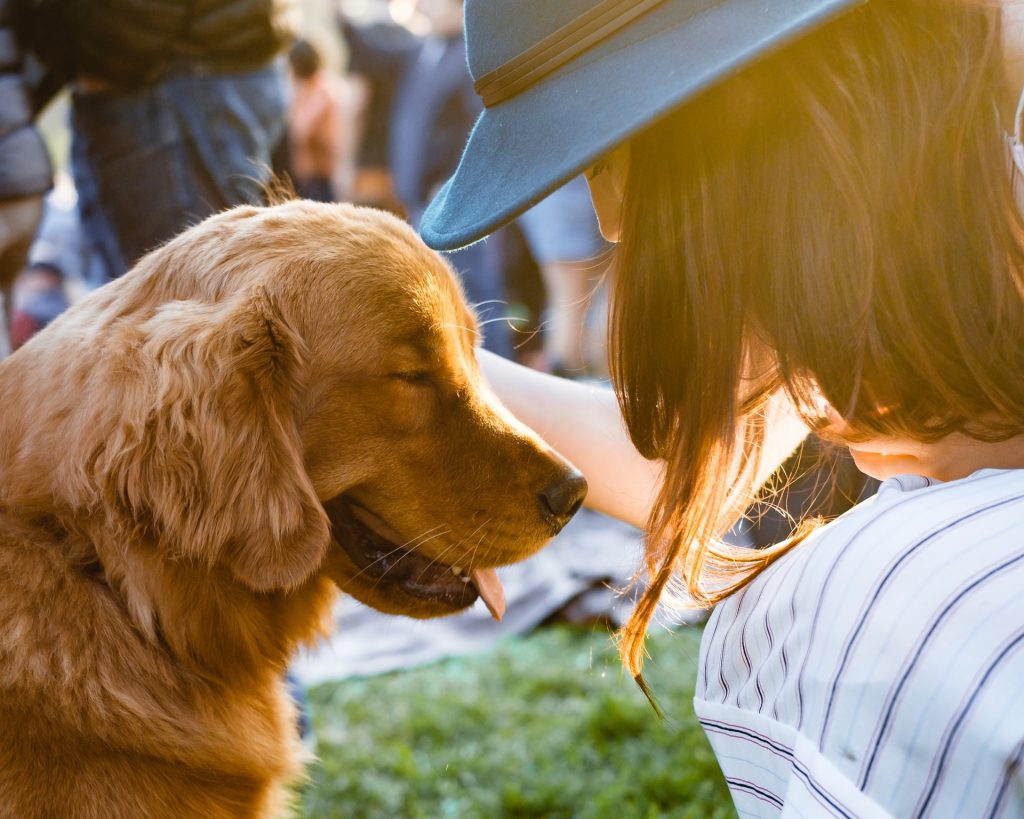
Managing a reactive dog is difficult. So, don’t be afraid to ask for assistance. When I first had Betty, I didn’t know what to do. I never had to deal with leash responsiveness and resource conservation, so I asked the dog behaviorist for help. I can’t even tell how much it helped. It was invaluable to me to have someone who could give me specific steps to improve the situation. I learned a lot and gained confidence in my ability to handle my dog. When it comes to dealing with responsiveness, sketching the little steps you can take makes all the difference.
10. Use a Dog Backpack or Front Clip Harness
In the long run, you might indeed discover yourself able to require a profound breath, unwind, and appreciate the view. I recommend a backpack or harness with a front clip for any dog as they are great at teaching your dog to walk well on a leash. Using a harness with a back clip will actually encourage your dog to pull more. When I use the backpack on my reactive dog, its concentration changes. that you have a much closer relationship with your dog and not to mention a more relaxed friend for a walk. If you see improvements you’ll take note that you just can focus more on the walk, instead of the receptive dog at your side. To prevent the dog from pulling, buy a front-mounted harness.
Recommended Reading
- How to stop a Dog From Pulling on the Leash
- How To Exercise A Dog in 10 Easy Ways
- 10 Effective Dog Training Tips

